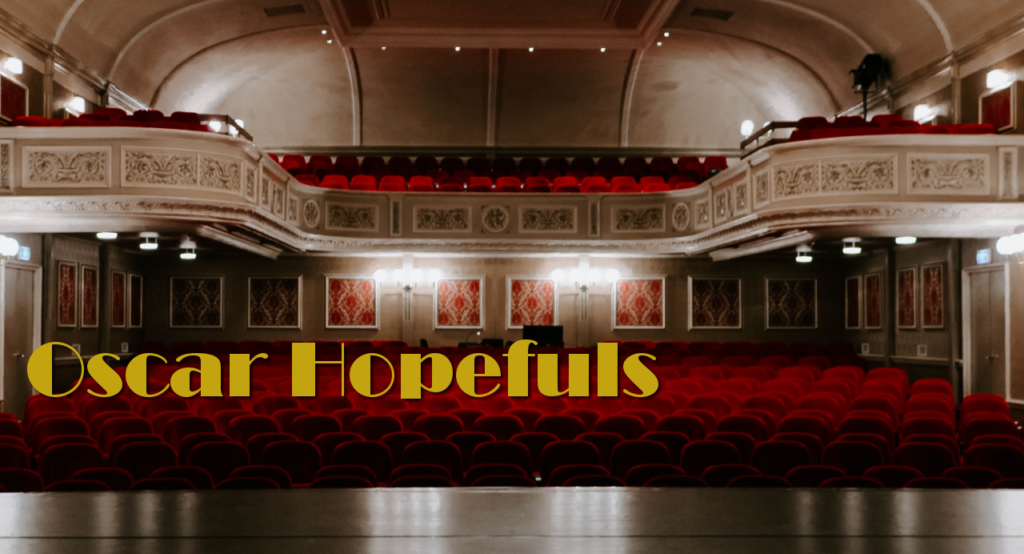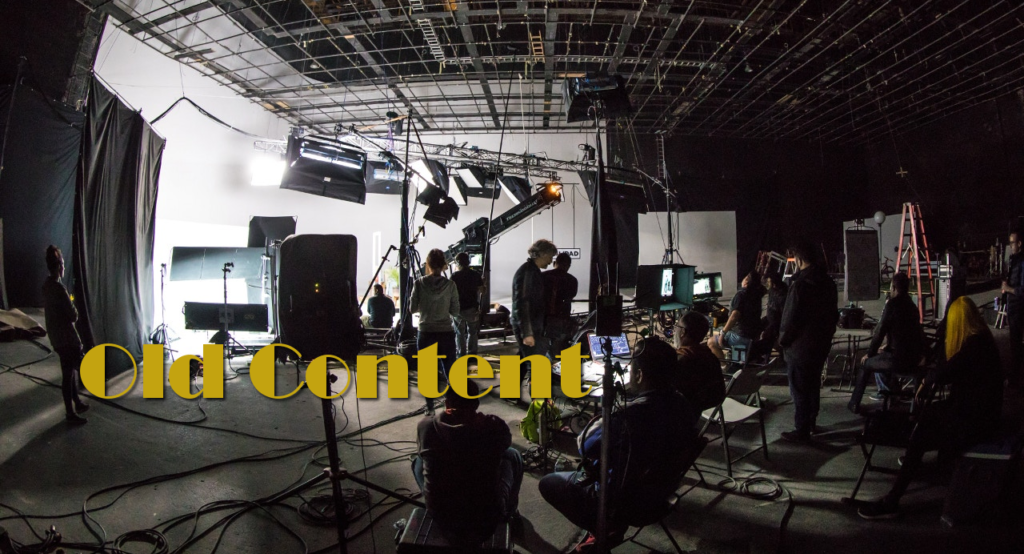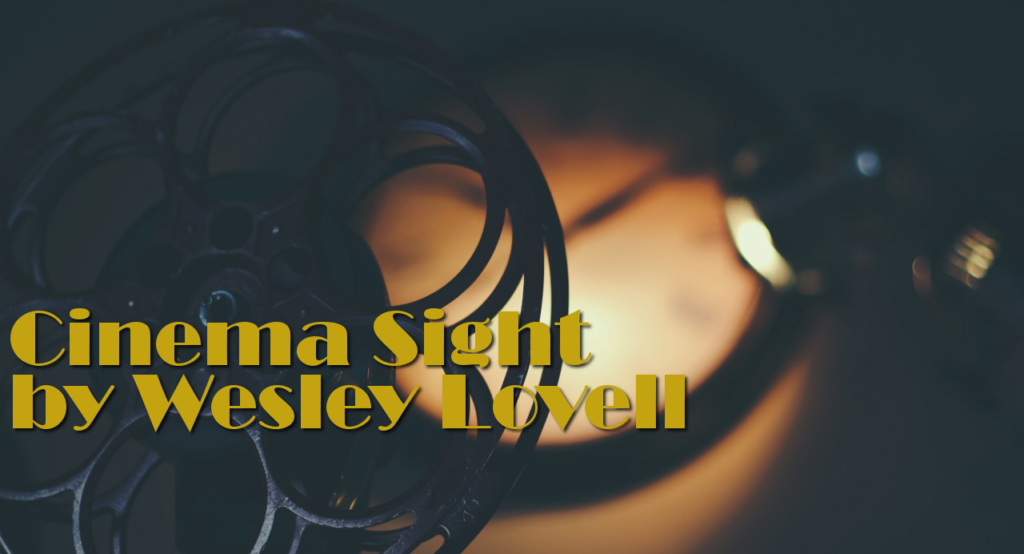 The Fox in Fox’s massive new DVD box set, Murnau, Borzage and Fox, is not the studio but William Fox, the titular head of Fox Studios who was fast becoming the most powerful mogul in the business in the late 1920s. In 1926, Fox had already put into motion plans to catch up with industry leaders Paramount and Loew’s/MGM. He made headlines from 1927 through 1929 as he went about buying and building theatres from coast to coast for distribution of his films. Behind the scenes he had technicians working on the first sound on film process, Movietone, which would prove superior to Warner Bros. Vitaphone which synched phonograph recordings with film as opposed to being part of the film. His technicians were also working the first 70mm widescreen process called Fox Grandeur. Fox also had aspirations of an aesthetic nature. His most visionary coup in that regard was hiring the great German director F.W. Murnau to direct a film at his studio from which his stable of directors including Frank Borzage, John Ford, Howard Hawks, Raoul Walsh, William Wellman and others could learn. He made the decision in 1924 after having seen a preview of Murnau’s The Last Laugh which he bought and exhibited the day after Murnau signed in early 1925. At this point, Murnau’s best known work, Nosferatu, had yet to be seen by U.S. audiences due to rights issues with Bram Stoker’s estate. It would not be seen in the U.S. until June 1929. Fox had to wait until Muranu completed his contractual obligations with Germany’s Ufa until he could start work on his first Fox film, Sunrise. In the meantime, Fox contract director Borzage had planned on giving rising star Janet Gaynor her first starring role in his adaptation of the stage success 7th Heaven. However, 7th Heaven had to wait for Gaynor’s services as Fox wanted her for Muranu’s film and all work at the studio had to be put on hold so the other directors could watch Muranu work on Sunrise, which was filmed first but released later. The earliest film in the collection is Borzage’s 1925 film Lazybones, his fifty-second as a director. Although an excellent film in its own right, its inclusion in the collection is to show the contrast between Borzage’s pre-Murnau-influenced method of direction and his more lyrical post-Murnau films. It is also at odds with the later Borzage films in that it emphasizes realism over romanticism. Nevertheless the film does reflect Borzage’s legendary mastery of storytelling and pacing. Buck Jones, best known for his cowboy roles, plays the title character, a man who saves the life of potential suicide, ZaSu Pitts, and then raises her baby daughter. Complications ensue when he falls in love with the now grown girl, played by Madge Bellamy. It’s a good film, but not one of Borzage’s great ones. The DVD of Murnau’s Sunrise, included here, is not the same as the one previously released. It eschews the documentary 4 Devils: Traces of a Lost Film Filmed with very few title cards as very few words are necessary to convey the film’s meaning, Sunrise, subtitled A Song of Two Humans, is a work of uncommon beauty as the camera follows the lives of a young famer and his wife and the “woman from the city” who entices him into killing his wife on a trip to the city. Instead, he falls in love with his wife all over again. The film won the first and only Academy Award for “Best Unique and Artistic Production” at the 1927/28 awards, an alternative to Best Picture, which went to Wings. It also won Oscars for Cinematography, shared by Charles Rosher and Karl Struss, and Best Actress for Janet Gaynor, who won for her work here as well as in 7th Heaven and Street Angel. Both Gaynor and George O’Brien as her husband are superb. Despite all the publicity surrounding the film, however, it was only moderately successful at the box office. The film’s sets, which were built from scratch to Murnau’s specifications, were used in many subsequent Fox films, most notably Borzage’s 7th Heaven and Ford’s Four Sons. Based on a hit Broadway play, excitement had been building for 7th Heaven, which as previously indicated, had been released earlier than Sunrise and, unlike Sunrise, was a huge box office smash. Janet Gaynor and Charles Farrell, the film’s star, were so beloved by the end that audiences couldn’t get enough of them. The 5’1” actress and the 6′ 2” actor made a total of twelve films between 1927 and 1934. Like most Borzage films, 7th Heaven is about the redemptive power of selfless love. In it, Farrell plays a Parisian sewer cleaner who rescues Gaynor, a frightened young prostitute, from her abusive older sister. Although the film uses many of Sunrise‘s exteriors, the set piece here is a seven-story staircase that leads to Farrell’s apartment on the seventh floor. The camera follows their initial climb up the stairs in one movement, obviously done with an elevator tracking shot that still causes audiences to sit up and take notice. The romance between Gaynor and Farrell is interrupted by World War I, with Farrell being conscripted and assigned to the front lines where he is blinded in battle. The film’s harrowing war scenes were directed by John Ford as Borzage was a pacifist who refused to direct war scenes. The war scenes in his 1932 film, A Farewell to Arms, were directed by Jean Nugulesco. Besides Gaynor’s Oscar, the film also won for adapted screenplay and for Borzage’s direction. Borzage’s follow-up film with Gaynor and Farrell, Street Angel, was another box office smash. In this one, the action moves to Naples but the plot is basically the same as Farrell saves Gaynor from a life of prostitution. The lovers are separated but eventually reunited in a powerful ending that is even more sublime than the one in 7th Heaven. In addition to Gaynor’s Oscar, the film was nominated for Art Direction and Cinematography, albeit the latter two the following year, 1928/29, due to a fluke in early Academy voting rules. Murnau again used the services of Janet Gaynor for his second Fox film, 4 Devils , which is essentially about love, jealousy and murder at the circus. The film was previewed to disastrous results primarily due to its downbeat ending and was put through three more endings, not all of them filmed by Murnau, before the film was released in late 1928. By the time Murnau began work on his third Fox film, Our Daily Bread, he was growing weary of the interference of studio executives but carried on anyway as he believed in his story about a farmer, his wife from the city, and the boy’s tyrannical father finding redemption during a storm threatening the family wheat crop. By the time the film was completed in late 1929, silents were no longer profitable and studios were scrambling to add at least spoken dialogue to their films. Our Daily Bread was taken away from Murnau and several scenes were re-filmed by others to add dialogue. To add insult to injury, Fox released the film as Ironically, the print that survives of City Girl is the original silent version. It’s a beautifully filmed work, as one would expect from Murnau, with its sweeping wheat fields and the joyful performances early on of Charles Farrell and Mary Duncan as the newlyweds whose happiness is all but destroyed by mean Ernest Torrence. Future star Anne Shirley, billed as Dawn O’Day, is memorable as Farrell’s kid sister. In the meantime, Borzage’s last two silent films, Lucky Star and The River, were released in August and October 1929 respectively. Though not a box office success, Lucky Star,uniting Janet Gaynor and Charles Farrell for the third time, was quintessential Borzage with Farrell as a World War I veteran confined to a wheelchair and Gaynor as an impressionable waif. If their love could withstand blindness and near death in their previous films, it could withstand his not being able to walk in this one. Farrell and his City Girl co-star Mary Duncan are the lovers in Borzage’s The River, a critical and box office smash, only part of which survives. It has been reconstructed using stills and the archived script. Fortunately what survives are the loves scenes including the two most famous ones, the meeting cut scene with a nude Farrell and a clothed Duncan and the climactic scene in which a frozen, believed-to-be-dead Farrell is revived by Duncan covering him with the warmth of her body. Borzage’s first talkie, 1929’s They Had to See Paris suffers from the stagnant use of camera placement required to properly pick up dialogue. Will Rogers’ natural charm comes through, but he was to make better films over the next few years. Irene Rich makes a stronger impression as his wife. Borzage’s next film, 1930’s Song O’ My Heart is a slight improvement cinematically, and is presented in two versions, a full-sound version and a music-and-effects version. Both feature the climactic concert performed by the great Irish tenor John McCormack. Maureen O’Sullivan makes a lovely screen debut. Fritz Lang’s 1934 French film version of Molnar’s Liliom with Charles Boyer is better known, but Borzage’s 1930 Liliom with Charles Farrell is actually the better film. This was Borzage’s first full-fledged talkie in which all the elements came together. The source material for Rodgers & Hammerstein’s Carousel, it is well acted by Farrell as the titled carnival barker, Rose Hobart Julie as the shy girl he loves, Lee Tracy as Buzzard the troublemaker, H.B. Warner as the heavenly magistrate, and Estelle Taylor as the owner of the carousel. Anne Shirley, who was Farrell’s sister in City Girl, plays his daughter here. By 1931, Borzage was as at home with talking films as he had become with silent images. His Bad Girl is a typical Borzage romance in which selfless love conquers all. Sally Eilers is the “bad girl” who must marry boyfriend James Dunn when she becomes pregnant proving herself, of course, to be a “good girl” in the end. The realistic depiction of depression era life was something new, and it helped the film earn a Best Picture Oscar nomination and a second Best Director Oscar for Borzage. Charles Farrell re-joined Borage for After Tomorrow, this time with Marian Nixon as his long-time fiancé. They work at different jobs in the newly completed Empire State Building, shown to good advantage in the opening scenes, but must wait to get married due to the selfishness of their respective mothers. Nixon’s father, William Collier Sr., is in poor health while her mother, Minna Gombell, cheats on him with a boarder, all the while running up bills she can’t pay. Farrell’s mother, future Oscar winner Josephine Hull (Harvey), is a clinging vine. It all works out in the end. Tommy Conlon has the lead as a misunderstood juvenile in Borzage’s Young America even though top billing went to Spencer Tracy and Doris Kenyon as his eventual foster parents, a drug store owner and his wife. Adapted from a stage play, it’s a three-hankie tearjerker featuring fine performances by the leads as well as Ralph Bellamy as a kindly juvenile court judge, Raymond Borzage (Frank’s nephew) as Conlon’s lone friend, and Beryl Mercer as young Borzage’s grandmother. Jane Darwell and Louise Beavers have minor roles. Anne Shirley, still being billed as Dawn O’Day two years before she changed her name to the character she played in Anne of Green Gables, is a stand-out as Conlon and young Borzage’s classmate. Also included in the box set are a documentary on the three men, Murnau, Borzage and Fox, and two pictorial books, one pretty much following the titled documentary and one on Muranu’s lost 4 Devils . Now if only the rights holders of Borzage’s Man’s Castle, Little Man, What Now, History Is Made at Night, The Mortal Storm and other masterpieces would release them on commercial DVD. Also new on DVD, as well as Blu-ray, is one of the year’s biggest box office successes: Mamma Mia!, the film version of the international stage success based on the music of Abba. Surprisingly, it’s not bad given that the songs pretty much all sound like one another, but the cast performs with such sprightly vitality that you can’t help but smile all the way through it. Meryl Streep, Julie Walters, Christine Baranski, Colin Firth and even Stellan Skarsgard manage to shake a leg and carry a tune without embarrassing themselves. The same can’t be said for Pierce Brosnan, but at least he appears to be having fun. -Peter J. Patrick (December 16, 2008) |
Buy on DVD!
|
The DVD Report #85
by
Tags:


















Leave a Reply